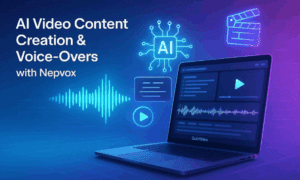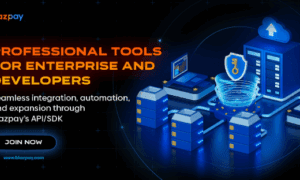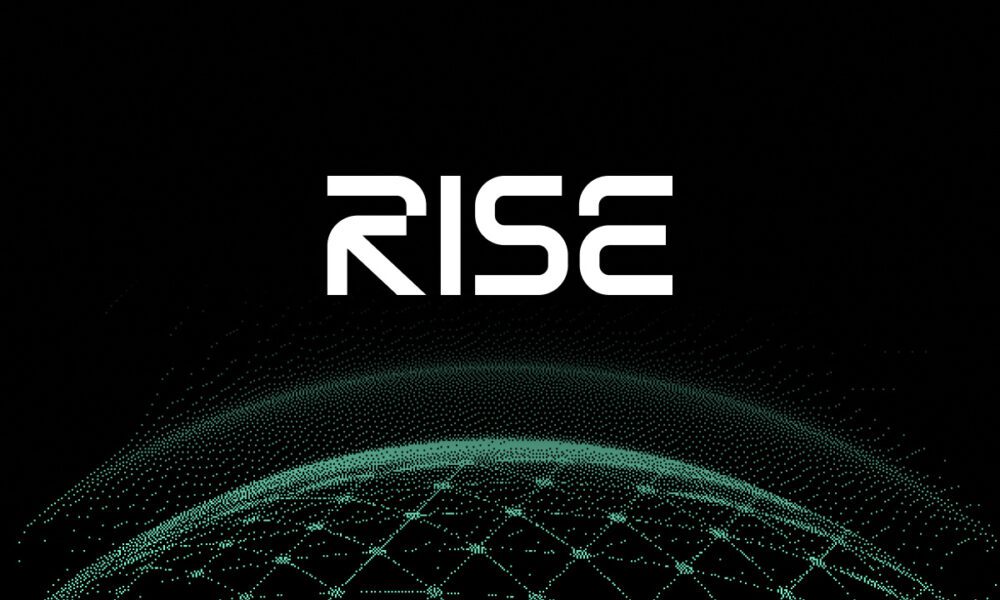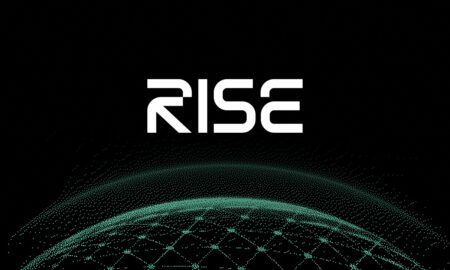AI: The Engine Powering Personalization and Automation
AI is now the standard for user engagement on major entertainment platforms. Algorithms track viewing, listening patterns, and interactive choices to recommend and surface content. Spotify’s tools predict what users want to hear based on half a trillion user events every day. These tools allow the platform to continuously update recommendations. Netflix, YouTube, and other giants automate this process, relying on content data, user location, and feedback collected behind the scenes. The global market for AI in entertainment is set to close in on $100 billion by 2030, growing strong from a $26 billion base in 2024.
Content creation benefits, too. Scripts, editing, and even music can be generated or enhanced by machine learning. Video creators deploy AI for instant subtitle generation, faceless voice-overs, and translation. Newsrooms and studios use these processes to release content for several markets in less time. This means users find more choices, in their language, tuned to their taste.
For operators, AI-driven moderation helps screen out policy-violating content or copyright issues. Automated filtering runs before a video or stream is published, keeping platforms in line with local content standards.
Immersion Without the Buzzwords: VR, AR, and Mixed Reality
Virtual and augmented tech is moving beyond early tests and demos. Wireless headsets now handle complex 3D environments and multiplayer sessions, opening access to those who do not own a PC or game console. Virtual concerts, fan meetups, and live events are held in custom spaces that never repeat the same show twice. Games run with haptic controls, custom avatars, and voice chat. Headset makers update tracking features and make the hardware smaller and lighter, pushing toward longer use.
On the phone, AR is less expensive and less complicated. Sports broadcasts display scoring graphics, stats, and player highlights over the screen during play. Venues use AR to show seat locations, pricing, and live event data. Some experiences rely only on the browser or a camera app, so any user can use them without extra downloads. Mixing virtual and physical is getting easier, so brands deliver events that use both tools together, virtual activities and real-world scavenger hunts can run at once.
Betting Markets and Real-Time Technology Adoption
Sports betting markets in the United States are using new technology to offer faster, more accurate odds and instant access to wagers on different platforms. Operators are deploying data analysis tools and automated systems for risk management. These tools adjust lines and monitor betting activity in seconds, keeping both the player and the operator better informed at every step. Video streaming, live stat tracking, and instant payments have all become standard, showing how deep technology runs in these new platforms.
States like New York, Colorado, and Missouri are recent examples of regions putting these tools into place. Each has required operators to show that they can meet strict standards on security, payment systems, and prevention tools. These requirements drive the adoption of features that detect unusual betting patterns and verify user location. Increasingly, these states expect companies to keep every feature up to date with the newest generation of AI and data processing, further tightening the link between technology and regulation in sports betting.
Missouri Sports Betting: A Regulatory Tech Test Case
Missouri sports betting provides a template for how modern platforms and new markets meet. Lawmakers set tight rules on location checks, fraud security, payment speed, and identity verification. Every bet placed must come from inside the state line, verified by phone GPS or third-party location data. Missouri also requires that every licensed operator build in automated tools for responsible gambling, such as betting limits and self-exclusion, relying on patterns in user data to spot signs of risky behavior.
Operators like DraftKings predict $175 million annual revenue in Missouri inside five years, with FanDuel projecting even higher totals. The market will rank in the middle of US state launches, but expectations run high since all big brands will offer full-featured apps as soon as the law allows. The state’s ten percent tax rate is intended to cover regulatory costs and generate new revenue.
Missouri’s two licensed operators, one partnered with a local casino, the other independent, are both required to keep software up to date. The focus is on instant deposit, instant payout, detailed tracking, and AI-powered risk checks at every step.
Real-time sports data is a must. Odds update as play unfolds and user engagement stays high through live notifications and on-site bonuses. Every action is logged and checked for suspicious patterns, matching national standards for secure gaming. Missouri’s process, technical requirements, and market projections have drawn attention from both regulators and platforms in other states.
Next-Gen Streaming: Speed, Cloud Delivery, and Real-Time Features
Infrastructure is shifting the streaming market. 5G and fiber push lower lag and higher quality. Cloud gaming is accessed through an app, and servers handle rendering, storage, and player input while phones or small devices show the game. This cuts out hardware as a barrier. Fast networks let broadcasts run with multiple audio tracks, video feeds, and audience-controlled camera angles.
Streaming providers add instant chat during shows, tap-to-buy products, and live polls. For sports and esports, this model means betting, stat-tracking, and in-match engagement can happen in real time. All bets, odds, and results are calculated and displayed with near-zero wait.
Content distribution adapts to the user’s device and speed. The service switches automatically to stream a lower or higher quality depending on network strength. Mobile devices are now primary access points for most users, not an afterthought.
Blockchain: Ownership, Monetization, and Trade
Blockchain is no longer experimental in entertainment. Non-fungible tokens are tied to in-game items, virtual tickets, digital trading cards, and branded content. These are not limited to use on a single service. Users can sell or transfer them across platforms. The gaming NFT market is set to pass $4.8 billion this year, and the average growth rate is expected to stay above twenty percent for a decade.
Blockchain’s main appeal: proof of ownership and control over assets. Players keep digital goods even when changing games or stopping use of a certain app. Play-to-earn models pay users for in-game achievements, content customizations, or event wins.
Smart contracts automate royalties or selling, so creators and users can share profits without manual licensing. Most activity is still driven by a core group of dedicated fans and players, but as brands expand usage, more platforms are building marketplaces for verified digital assets.
Everything Connects: The Unified Platform Future
The entertainment platform is no longer single-purpose. Users can move from browser to console to VR headset, keeping account details, purchased titles, and friend lists synced without gaps. AI tracks what people watch, buy, and comment on to suggest the next move, manage friend invites, or recommend products with high match rates.
Streaming, gaming, social chat, and in-app commerce are pulled into one interface. Payment, reward, and loyalty points are tracked and calculated automatically. Behind the screen, every platform pushes updates for device compatibility and content security without user action.
Real-world launches of integrated features, like in Missouri sports betting, provide models for other industries. Strict regulatory standards drive tech upgrades and security, while open APIs and cross-platform services let new features come to market fast.
Each step, from viewing to betting to owning digital goods, is handled on the fly by backend code and AI. For operators, this means higher retention, better risk management, and compliance built in from the start. For the user, it means fewer obstacles and more control.
Read More From Techbullion



































